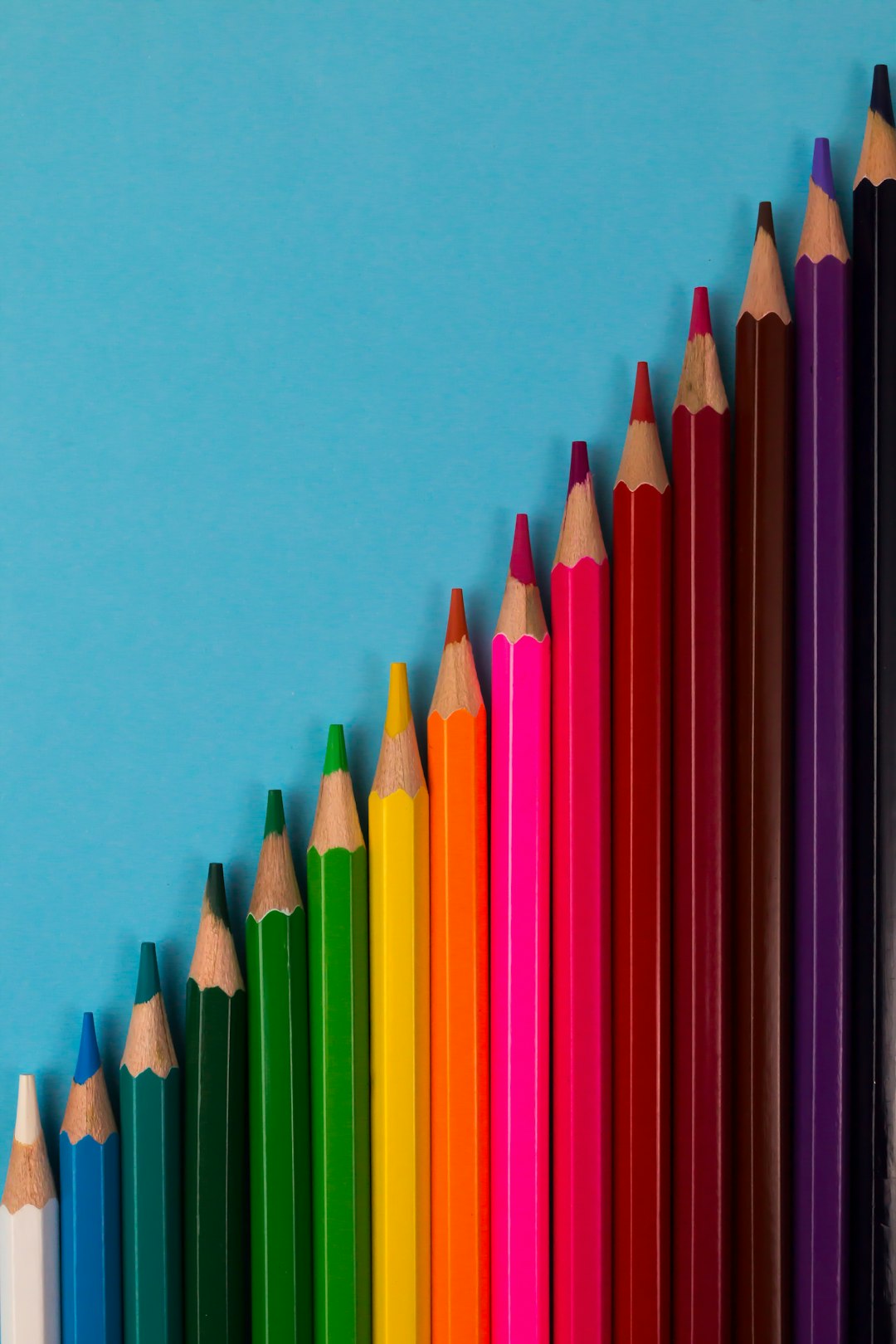Art plays a significant role in education, providing a holistic approach to learning that fosters creativity, critical thinking, and personal expression. While traditional academic subjects like math and science are undoubtedly essential, the inclusion of art in the curriculum enhances students’ cognitive, emotional, and social development. Here, we will delve into the role of art in education and explore its numerous benefits.
First and foremost, art encourages creativity and imagination in students. Through various art forms such as drawing, painting, music, and theater, children are given the opportunity to think outside the box, explore new perspectives, and freely express their thoughts and emotions. These creative outlets help nurture innovative thinking, problem-solving skills, and a deep understanding of the world around them. Moreover, exposure to different art forms exposes students to diverse cultures and traditions, fostering intercultural understanding and empathy.
Furthermore, art promotes critical thinking and analytical skills. By analyzing and interpreting artworks, students learn to evaluate a wide range of visual, auditory, and textual elements. This enhances their ability to think critically, make connections, analyze complex information, and develop their own opinions. Art also encourages students to ask questions, seek alternative possibilities, and develop a keen eye for detail. These skills are transferable to other academic subjects and are highly valued in the workplace.
Art also plays a vital role in emotional and personal development. Creating art allows students to tap into their emotions, express their feelings, and make sense of their experiences. It provides a safe space for self-reflection, self-expression, and personal growth. Art therapy has been proven to be a powerful tool for individuals struggling with mental health issues, as it enables them to channel their emotions in a healthy and productive manner. By integrating art into education, students develop a deeper understanding of their own emotions and gain important coping mechanisms.
Additionally, art fosters collaboration, communication, and teamwork. Group projects and performances in art classes encourage students to work together, share ideas, and listen to one another. This cultivates effective communication skills, respect for diverse perspectives, and the ability to collaborate harmoniously towards a common goal. These skills are vital for success in the 21st century, where teamwork and collaboration are highly valued in any professional setting.
In conclusion, art plays an invaluable role in education by enhancing creativity, critical thinking, emotional well-being, and social skills. Its inclusion in the curriculum not only enriches students’ academic experiences but also fosters personal growth and prepares them for successful futures. As we strive to provide a well-rounded education, it is imperative that we recognize and embrace the significant role of art in shaping well-rounded individuals.
